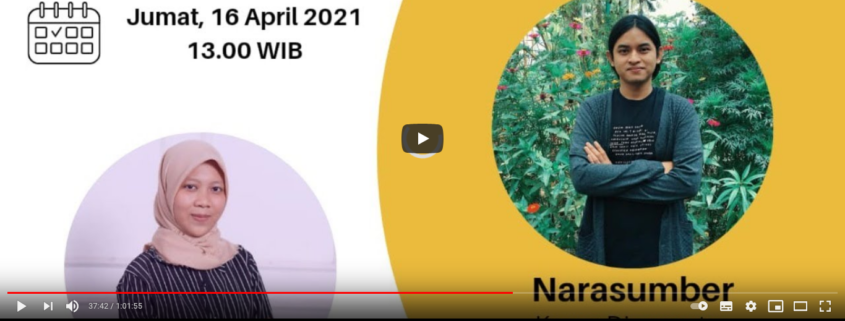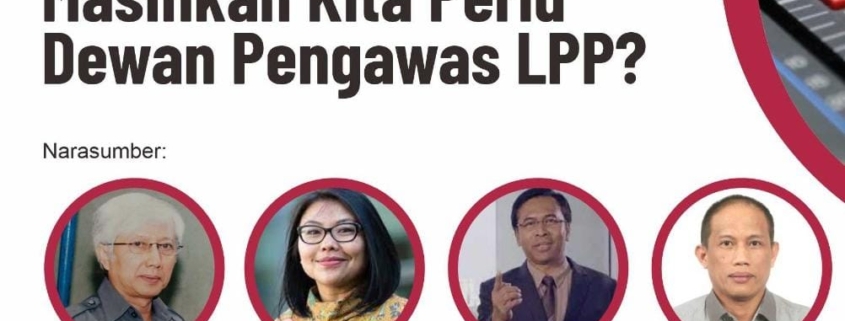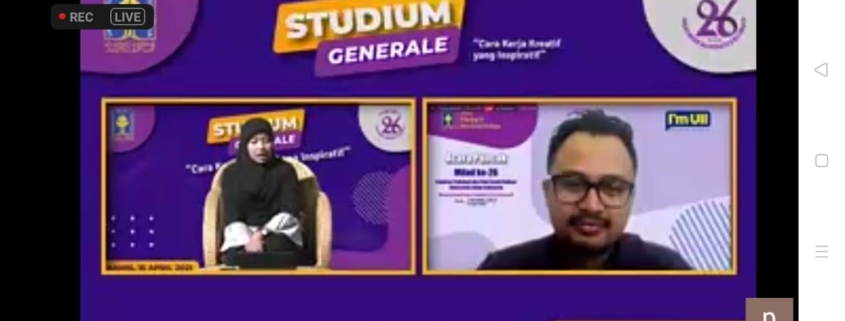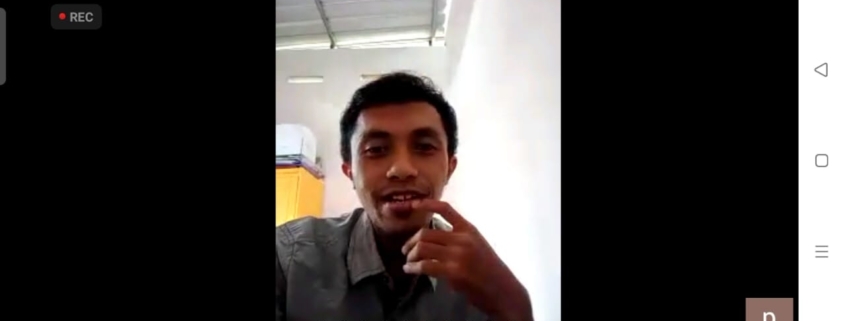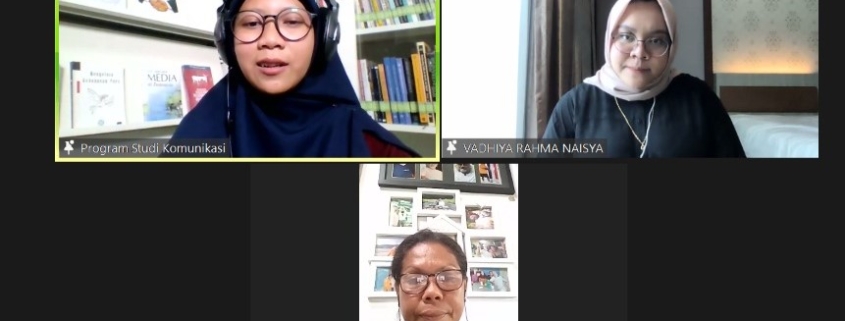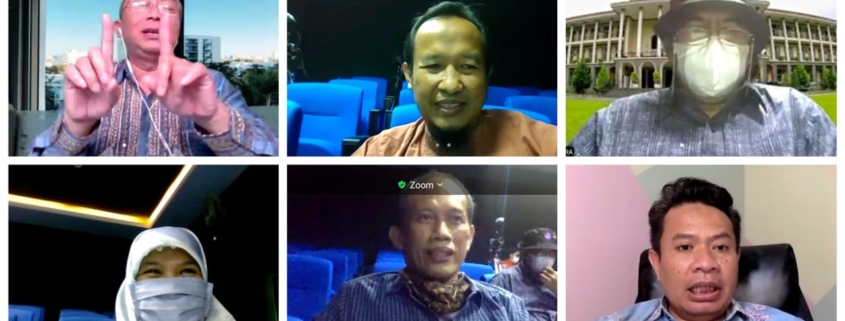The study of prophetic communication is not new things, it’s just that so far it is still understood normatively as religious da’wah or da’wah that is religious in nature such as the procedures of the prophet. The study of prophetic communication in a prophetic perspective, namely defending the marginalized, weak, and oppressed has not been widely discussed in the study of prophetic communication so far.
This prophetic communication chat while having tea this afternoon was held online via Live Instragram by the International Program of Communication Department, Universitas ISlam Indonesia (IP comunication UII) or what they call teatime. The event, which was held on Monday afternoon, April 19, 2021, presented Holy Rafika Dhona as a speaker. Holy is a lecturer in Communication Studies at UII, as well as the author of a textbook on prophetic communication which he has compiled for the last three years since 2018.
Islam as a study of science has long been studied by Kuntowijoyo, Islamic scholarship which is in touch with the study of communication has not been satisfactory. “This book is still far away, let alone me.” Holy jokes asserted that he was still far from prophetic, when he was invited to casually chat in a Teatime program hosted by Nadira and Lani.
The chat was opened by inviting people to think by reflecting on a daily routine about posting Facebook status activities. “You post on FB it’s not worship, but ta’lim is worship. That perspective has always been that way. Even though it could be very prophetic in its content.”
“You post on FB it’s not worship, but taklim is worship. That perspective has always been that way. Even though it could be very prophetic in its content”
-Holy Rafika Dhona-
In the study of prophetic communication, it could be that posting on Facebook is part of a prophetic effort. Holy explained that prophetic communication is not just a religious da’wah that introduces procedures for ablution, prayer, fasting or procedures for conveying messages. “In prophetic communication, science wants to be approached with prophetic goals. So heroic. Not for mere ritual prayers. Actually, in the view of prophetic communication it’s a cliché. Communication that leads from the path of darkness to the path of light. The light is yes, prosperous, safe, comfortable. It’s not just a ritual,” explained Holy.
Holy tells about the migration of the prophet Muhammad from Mecca to Yatsrib (Medina) also accompanied by people who have not embraced Islam but were persecuted in Mecca. In the Holy story, Holy wants to show that the Prophet always came with the concept of the oppressed: mustadha’afun. Communication aimed at defending the oppressed.
to be continue on part 2


